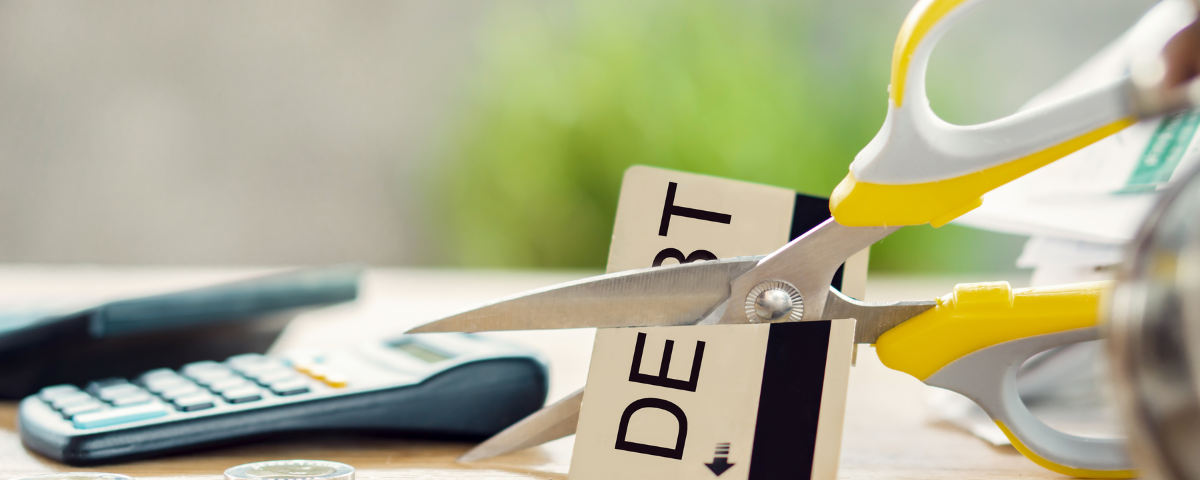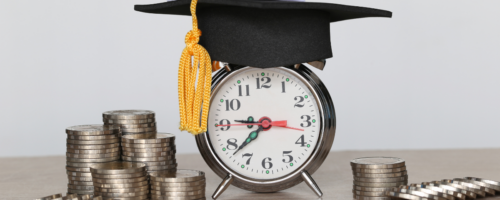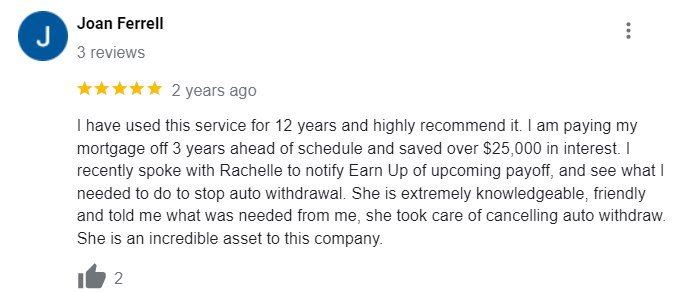Carrying a $10,000 balance on your credit card can feel like a huge burden. This post is your comprehensive guide to tackling this debt, breaking it down into manageable steps. We’ll help you discover the most effective strategies for how to pay off $10,000 in credit card debt and get back on track financially.
You might be wondering where to even start when you look at that balance. The truth is that over 80% of Americans have credit cards, and many struggle with credit card debt, so you’re definitely not alone. Data from the Federal Reserve Bank of New York shows that credit card debt is becoming a widespread problem in the United States. Let’s explore proven methods that work and discuss how to pay $10,000 debt fast.
Understanding Your Debt
The first step to tackling any debt is understanding its full scope. Before you start throwing money at the problem, it’s essential to figure out exactly how much you owe, what interest rates you’re dealing with, and what minimum payments are required.
Gather Your Credit Card Statements
Pull out all of your credit card statements and make a list of each card. This should include:
- The name of the credit card issuer
- The total balance on the card
- The interest rate (APR)
- The minimum monthly payment
Seeing it all laid out like this can be a bit sobering. But remember, this step gives you a clear picture of what you’re working with so you can formulate a smart plan to attack the debt.
Calculate Total Interest and Minimum Payment
Add up the minimum payments from all the cards. This will give you a baseline for how much you’ll need to allocate each month just to cover the minimums. Also, figure out how much of your payment is going towards interest versus paying down the principal balance.
It might surprise you. For example, let’s say you owe $10,000 on a credit card with an average annual percentage rate (APR) of 21% and make a monthly payment of $300. You might think you are making progress, but a big portion of that goes towards interest.
It would actually take over four years to get debt free, and you would end up paying an extra $5,140 in interest.
Developing Your Debt Payoff Plan
Once you fully understand your debt situation, you can begin to craft a plan for how to pay off $10,000 in credit card debt efficiently. Let’s explore a few options.
Prioritize Debt Using the Debt Snowball Method
A common strategy is the debt snowball method. A study published in Harvard Business Review found it to be incredibly effective for reaching debt-free status. This method, which can help you how to pay off $10,000 debt fast, focuses on building momentum and psychological wins.
How does it work? You prioritize your debts from smallest to largest, regardless of their interest rates. Start by making minimum payments on all but the smallest debt. Then, pour as much extra money as you can towards that smallest debt until it is gone.
Once you’ve knocked out the smallest debt, take the amount you were paying on that debt and roll it into your payments on the next-smallest debt, continuing until all of your debts are paid off. While this approach doesn’t necessarily minimize interest charges, the early victories motivate you to keep going.
Consider Debt Consolidation
You can consider credit card debt consolidation, especially if you’re juggling multiple cards with high-interest rates. Debt consolidation means merging all your credit card debt into one place, ideally one that comes with a lower interest rate than your original credit cards.
There are a couple of popular options. You can take out a debt consolidation loan, where you use the loan money to pay off your credit cards and then make payments to the loan provider. Or, you can explore a debt consolidation program, working with a debt relief company that helps secure a new loan and handles communication with your creditors.
The company will also manage the distribution of your monthly payments. It’s crucial to do your research carefully and weigh the fees and potential downsides before signing up for any debt consolidation program. These companies aren’t always ethical, and they sometimes carry extra costs.
Financial Tips for Fast Debt Repayment
Now that we’ve covered debt-specific strategies, let’s discuss some helpful tips on how to pay off $10,000 in credit card debt faster.
Stop Using Your Credit Cards
To keep your debt from spiraling out of control, it’s really important to stop using your cards while trying to pay it off. Focus on making all purchases with cash or a debit card instead. This might take getting used to at first, but it makes a big difference.
It helps you break free from the cycle of adding to your credit card balances.
Trim Your Expenses and Increase Income
To really ramp up your debt repayment, explore ways to cut down your expenses. Little changes add up over time. Could you swap your cable subscription for streaming?
Do you have a gym membership you’re not using? Maybe make coffee at home instead of hitting Starbucks every morning. At the same time, brainstorm ways to increase your income, such as taking on freelance work, selling gently used clothing or household goods online, or looking for a part-time job.
Remember, every dollar saved or earned brings you closer to financial freedom.
Build a Budget and Track Your Progress
Creating a monthly budget can help keep track of your income and spending, and enable you to make smarter decisions with your money. A simple spreadsheet works well. Look back over your spending for the past few months and identify categories like groceries, utilities, rent, entertainment, and transportation.
After logging where your money is currently going, look for areas where you can cut back or spend less. It’s easy to get caught up in impulse buys, entertainment outings, and takeout dinners. You can set a small savings goal, too.
Maybe aim to save even $50-$100 extra per month.
Look into a Balance Transfer Card
One approach that has worked well for some is a balance transfer card, which can be a great way to figure out how to pay $10,000 debt fast. A balance transfer card often comes with a promotional period where you enjoy a lower interest rate, often as low as 0% for 12-21 months. This is particularly helpful because, during that introductory period, you can pay down the principal balance faster since you are paying less (or no) interest.
Just remember that there are always terms and conditions when dealing with credit cards, so you’ll want to be sure to fully read and understand all of the card’s features. Make sure it is a good fit for your needs.
Consider Your Options When Feeling Overwhelmed
When working towards any challenging goal, we hit bumps along the road. What happens when you feel overwhelmed and can’t keep up with credit card payments? First, know you aren’t alone in this.
Negotiate with Credit Card Companies
Consider contacting your creditors. They are surprisingly willing to work with customers experiencing hardship. They understand that things happen, and sometimes their clients fall on tough times.
Many credit card issuers have hardship programs that offer reduced monthly payments, lower interest rates, or even waived fees, but they often don’t readily share information about these programs, so it is your job to ask. When talking to your creditors, be sure you can explain your financial situation and make it clear that you want to find a solution.
Don’t be shy about advocating for a plan that works best for you. If you reach an agreement with the credit card company, be sure they document those new terms in writing so there’s no confusion moving forward.
Reach Out to Credit Counseling Agencies
If your credit card debt is consistently stressful, consider working with a non-profit credit counseling agency. You can connect with reputable and trustworthy agencies via the National Foundation for Credit Counseling (NFCC). These agencies offer personalized guidance.
Counselors walk you through different options to create a sound financial plan that best fits your situation. You might explore debt management plans (DMPs) which often involve working with your creditors to create new repayment plans that lower your monthly payment or reduce your interest rate.
Again, it is important to do your research and find reputable organizations.
Seek Professional Help If You Need It
You don’t have to navigate this process alone. Seek guidance from a certified financial advisor to create a long-term debt repayment strategy and build solid financial habits.
FAQs About How to Pay Off $10,000 in Credit Card Debt
How can I legally get rid of my credit card debt?
There are multiple methods for how to pay off $10,000 in credit card debt, both ethically and legally. Two popular strategies include the debt snowball method, where you tackle the smallest debt first, and the debt avalanche method, which involves prioritizing high-interest debts.
Explore options for debt consolidation through loans or professional debt relief programs, but exercise caution, as some programs come with extra costs or can negatively impact your credit.
How long does it take to pay off $10k in credit card debt?
How long it takes to conquer your $10,000 credit card debt hinges on the interest rate and the amount you’re able to pay each month. If you only make the minimum payment, expect to stay in debt longer. Making larger payments accelerates your progress towards becoming debt free.
How to get out of $10,000 debt fast?
To get out of debt quickly, consider a multifaceted approach: Combine aggressive budgeting cuts with increased income generation, and diligently explore strategies such as the debt snowball method or debt consolidation loans to enhance your debt-crushing power.
Always remember to first halt the use of your credit cards.
What is the fastest way to get out of credit card debt?
While every financial situation is unique, often the fastest route to escaping the grip of credit card debt involves a combination of drastic expense reductions, significant boosts to your income, and strategic use of a 0% introductory APR balance transfer card.
Just make sure that card lets you do a balance transfer at 0% for as long as possible.
Conclusion
Figuring out how to pay off $10,000 in credit card debt takes patience and a good strategy. But with determination and persistence, you can conquer this challenge and reclaim your financial well-being. This process isn’t easy.
So be sure to celebrate even the small wins, and before you know it you’ll reach that debt-free finish line!










